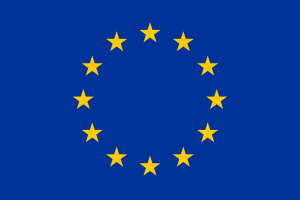Kütahya's women hone artisan skills by combining silver with tile and stone
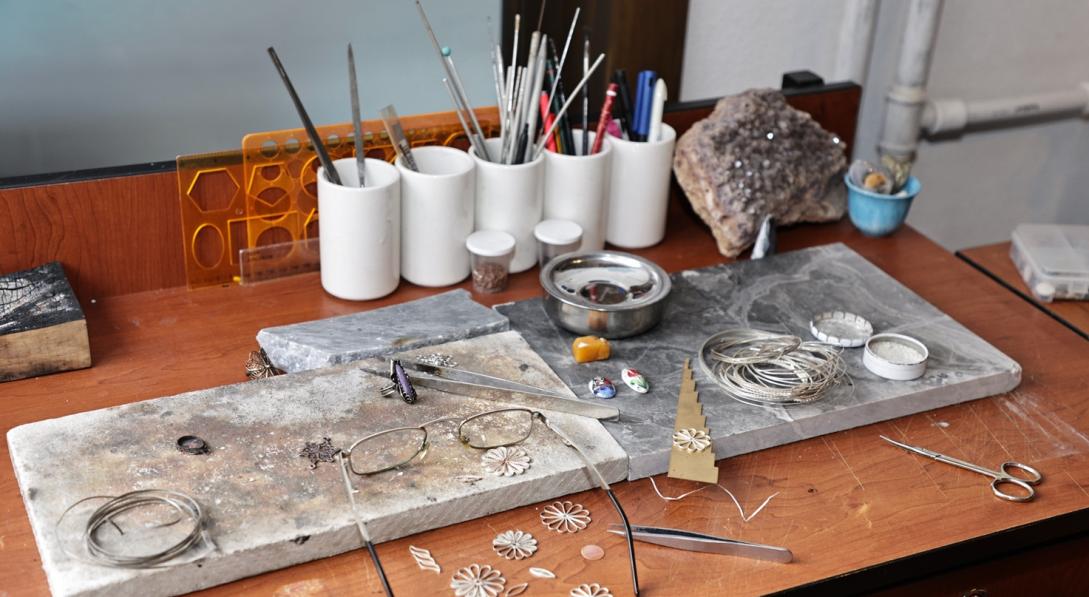
These words belong to Nevin Işık, living in the Kütahya province with two children and a grandchild. She refers to the Silver Embroidery on Tile, Ceramic, and Ornamental Stone Project, which was implemented by Kütahya Municipality with the support of the European Union (EU) 20 years ago, in 2004. This education and production project, which brought together Kütahya silver and Kütahya tile, was highly successful as it trained many exceptional artisans. Their art pieces gain international recognition.
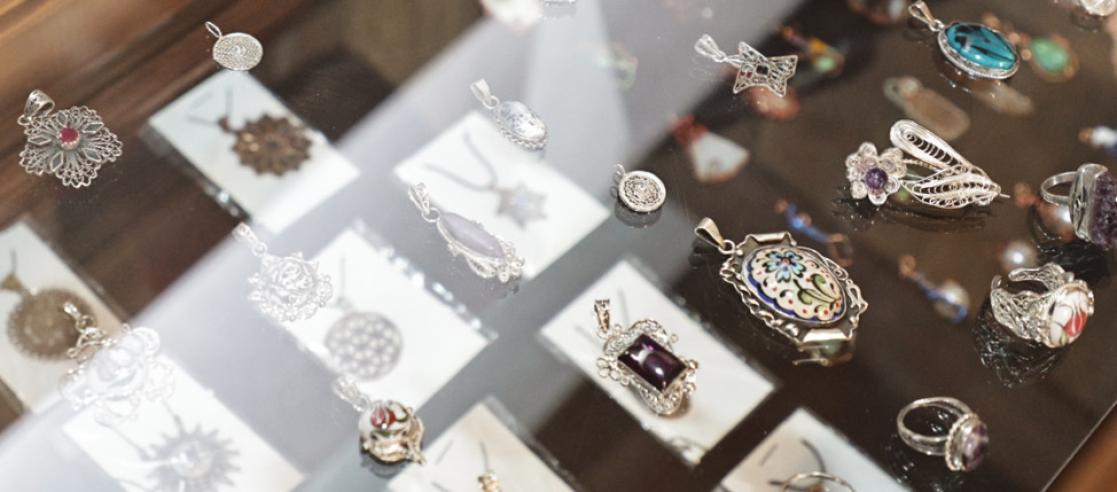
EU
This project unveiled the harmonious integration of silver with tiles and natural stones
Işık enrolled in the course because she loves wearing silver jewellery. During the course, she discovered that she also enjoys making it, so she opened a small workshop. “No one knew I had opened the workshop, so much so that even my husband found out two months later! After the course, I would go to the workshop and work alone,” she says. In time, Işık’s perseverance was rewarded, and the jewellery she created combining silver and tile became famous not only in Türkiye but also in Germany. Işık continues to produce jewellery in her atelier; she teaches silver jewellery engraving courses and participates in international fairs and festivals as the ‘Republic of Türkiye Ministry of Culture Artist’.
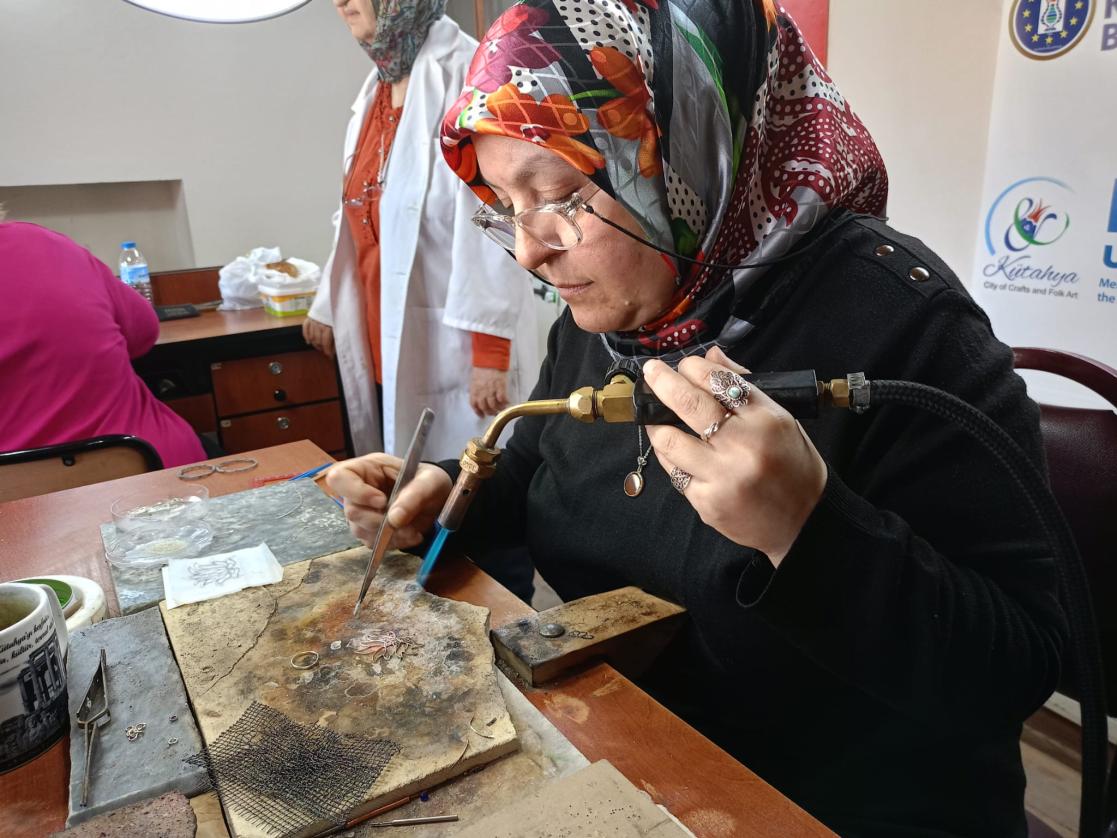
EU
Ümmühan Oruç
Raised her child by working silver
Thanks to this course, Ümmühan Oruç transitioned from being a housewife to a skilled professional. “After completing the initial course, I underwent three years of apprenticeship, followed by three years of master craftsmanship training, and then six months of master trainer education. While the training continued, I produced jewellery and raised my daughter by selling what I made. I love this job, but it’s not easy: sometimes, we weld with fire; occasionally, we shape silver with a hammer; sometimes, we measure in microns. All this can only be done with passion,” she states. Oruç provides various courses at the UNESCO Creative Cities Network unit of Kütahya Municipality and the Public Education Centre.

EU
A training workshop in 2004 as part of the project
Another person whose life was changed significantly by this course is Sakin Yaman. "I was invited as a master instructor to the course and relocated from Ankara Beypazarı to Kütahya, where I have been residing ever since," he says. The pride in his voice is evident, reflecting years of training he has imparted to students on silver engraving, crafting jewellery from silver and tile, and the combined use of silver with semi-precious stones from Kütahya. Yaman, recognised as ‘Republic of Türkiye Ministry of Culture Artist’, gives courses at the UNESCO Creative Cities Network unit of Kütahya Municipality and the Public Education Centre.
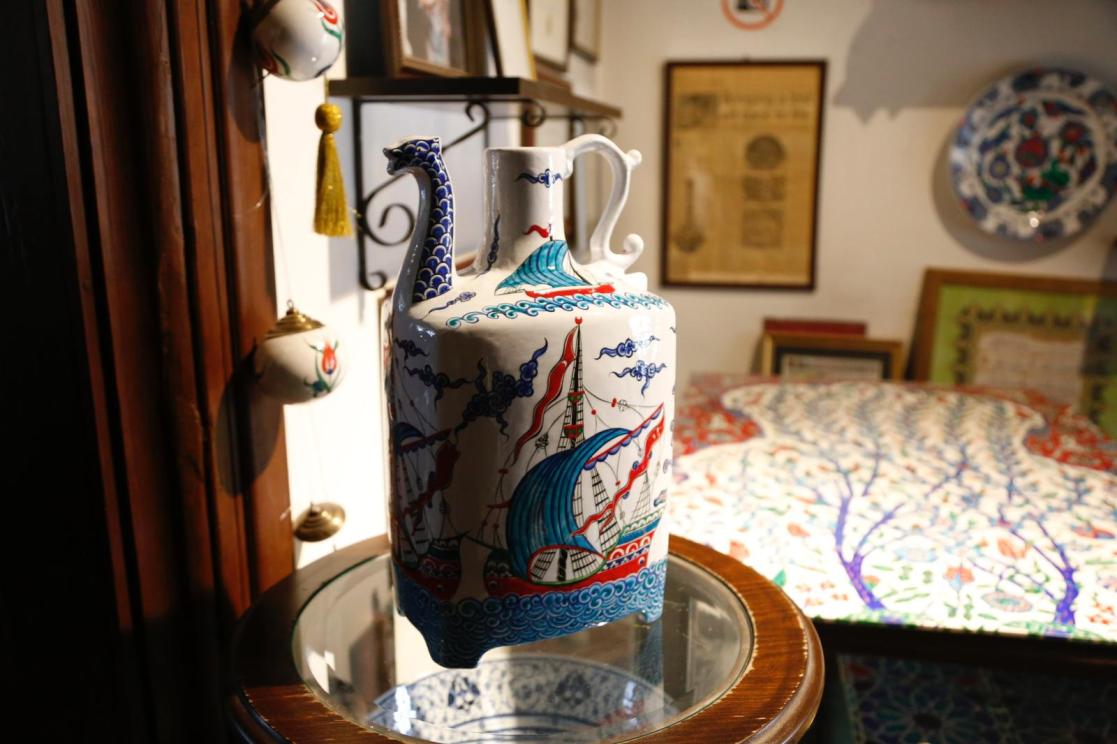
EU
An artefact from the Mehmet Gürsoy Tile Mansion
Project’s success benefits the entire city
Sadık Erilbaylı, the President of the Chamber of Craftsmen of Kütahya Çiniciler, Photographers, and Handicrafts, highlights the transformative impact of a project launched 20 years ago on both traditional arts and the city's economic landscape: "This project has created a new area unique to Kütahya where tile and silver are combined. Consequently, the appeal of our hand-decorated artwork has grown. Jewellery-making has become a key industry within the city, opening up new avenues for exports. Motivated by success, we began experimenting with combining copper and tile, following our work with silver. Currently, we are exploring the integration of wood with tile."
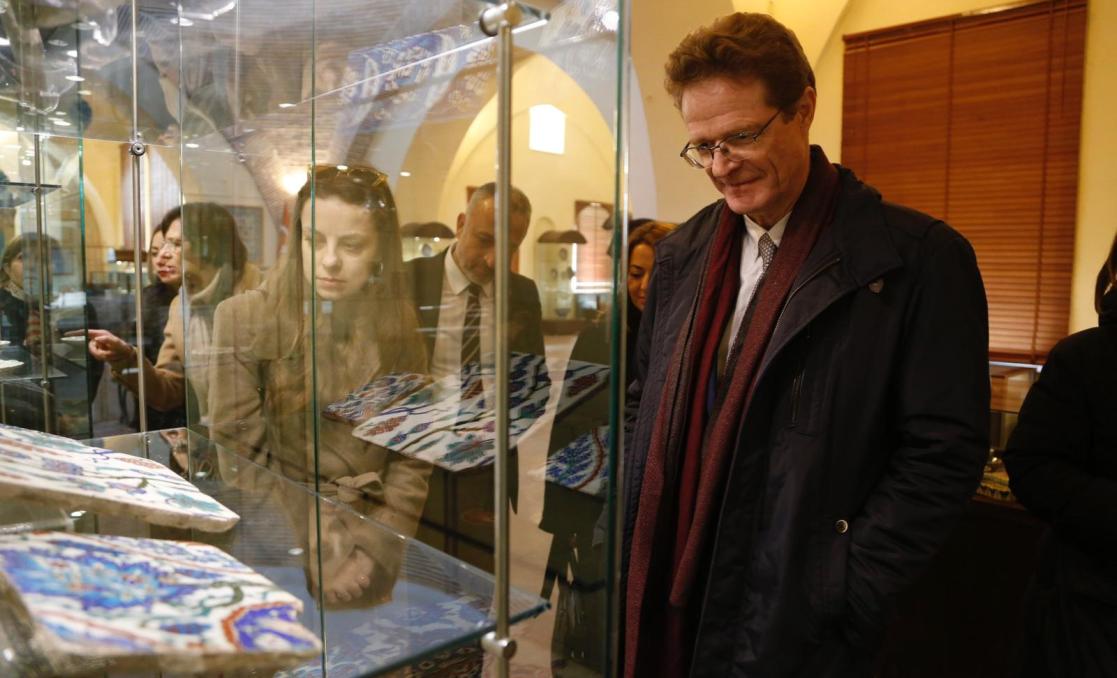
EU
Ambassador visited Kütahya in February 2024
Ambassador Nikolaus Meyer-Landrut, the Head of the European Union Delegation to Türkiye, shares his thoughts: "I am thrilled to see that an EU project launched twenty years ago has significantly contributed to this city's cultural and economic vitality. Hearing how the project has turned housewives into skilled artisans fills me with pride, and I have personally witnessed its enriching impact on the city's cultural life. My gratitude extends to everyone involved in this project for their enduring contributions."
Approximately 70 percent of Türkiye's silver mining is located in Kütahya. Tiling is both a historical tradition and an essential livelihood source for the region's people.
About the project
The project, a collaboration with the Turkish Employment Agency (İŞKUR), enlarged the registered labour force by leveraging the ancient master-apprentice tradition. The EU supported this successful initiative with €200,000 under the New Opportunities Grant Scheme. As part of the project, workshops specialising in silver processing were set up. They focused on the integration of tiles and natural stones with silver processing techniques. Some 200 students completed their one-year training program and were entitled to receive certificates.
